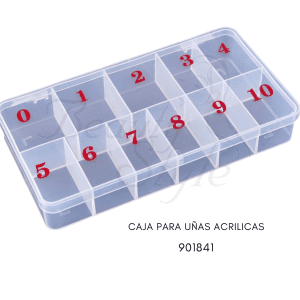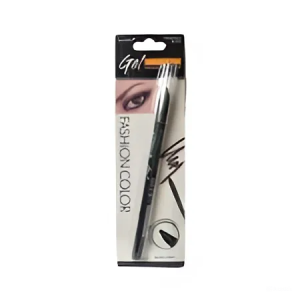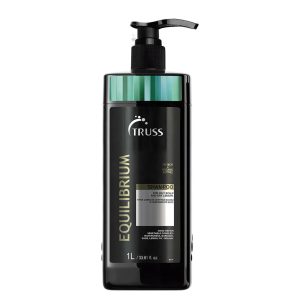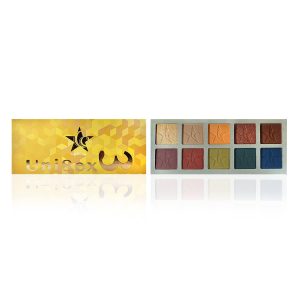Tienda
Mostrando 1–9 de 300 resultadosOrdenado por popularidad
-
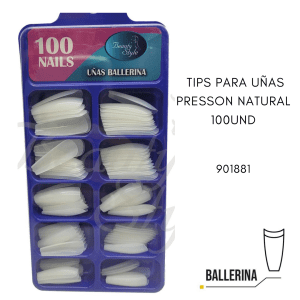
UÑAS BALLERINA NATURAL X 100
L79.99 -

MALETIN P/ BARBERO NEGRO 40 X 13 X 28 CMS
L1,508.70 -

PINCEL DE ACRILICO # 8 MANGO ACRILICO
L120.87 -

DECORACIONES DE UÑAS STICKER MARIPOSA COLORES
L39.00 -

CAJA PARA UÑAS ACRILICAS
L120.00 -

LAPIZ DELINEADOR GEL EYELINER PEN LONG-LASTING & WATERPROOF (GED-01)
L151.98 -

CREMA NOCHE 1.7 ONZ SKIN RENEWING
L725.01 -

SHAMPOO EQUILIBRIUM TRUSS
L840.01 -

PALETA DE SOMBRAS UNISEX3 / UNISEX 2 COLOR
L325.00




